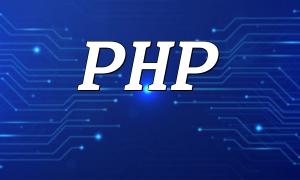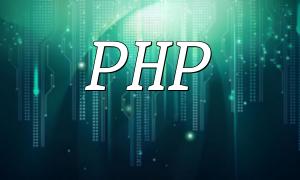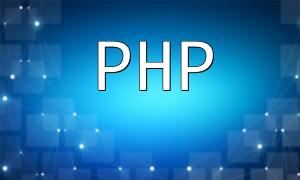In modern software development, CI/CD (Continuous Integration and Continuous Deployment) has become an essential practice. By automating build, test, and deployment processes, teams can accelerate PHP development, improve code quality, and reduce risks.
This article explains how to implement CI/CD in PHP projects—from automated builds to deployment management—helping teams unlock their full development potential.
The CI pipeline forms the foundation of the CI/CD process. It defines the automated steps for code compilation, testing, and packaging. A typical PHP CI pipeline includes the following stages:
Code Commit: When developers push code to a repository (such as Git), the CI pipeline is automatically triggered.
Build Stage: Executes build tasks such as installing dependencies with Composer or generating application packages.
Unit Testing: Runs automated tests with tools like PHPUnit to ensure functionality and stability.
Integration Testing: Validates how new code interacts with other components in the system.
Code Analysis: Uses tools like PHPStan or PHPCS to detect performance, security, and style issues.
CI/CD enhances software delivery speed and reliability by ensuring consistent code quality through automation:
Automated Testing: Automatically detects bugs and regressions before code reaches production.
Static Analysis: Identifies vulnerabilities and performance issues, improving maintainability.
Continuous Feedback: Developers receive instant insights about build and test results, enabling faster issue resolution.
The deployment pipeline automates the process of delivering code from development to testing and production environments. The key stages include:
Test Deployment: Automatically deploys the tested code to a staging environment.
User Acceptance Testing (UAT): Users validate whether the deployed version meets the required specifications.
Production Deployment: The verified code is then deployed to the live production environment.
Implementing automated deployment in PHP projects helps reduce manual errors and speeds up delivery:
One-Click Deployment: Enables consistent and repeatable deployments with minimal effort.
Version Control: Tracks each deployment, allowing easy rollbacks when necessary.
Continuous Monitoring: Integrates with monitoring tools to track application performance after deployment.
CI/CD not only streamlines technical workflows but also strengthens team collaboration:
Process Visibility: Makes every step—from build to deployment—transparent to the team.
Clear Responsibilities: Defines accountability across each phase of the development lifecycle.
Instant Feedback: Encourages faster problem-solving and continuous code improvement.
Below are some basic script examples used in a PHP CI/CD workflow:
# Build Script
composer install
php bin/phpunit --coverage-clover clover.xml# Deployment Script
rsync -avz --exclude=vendor ./public user@example.com:/var/www/app# Monitoring Script
uptime
df -hPHP CI/CD is a cornerstone of modern software development. By automating build, testing, and deployment workflows, teams can deliver reliable, high-quality software faster. Continuous integration and deployment not only enhance technical efficiency but also foster stronger collaboration and sustainable project growth.








